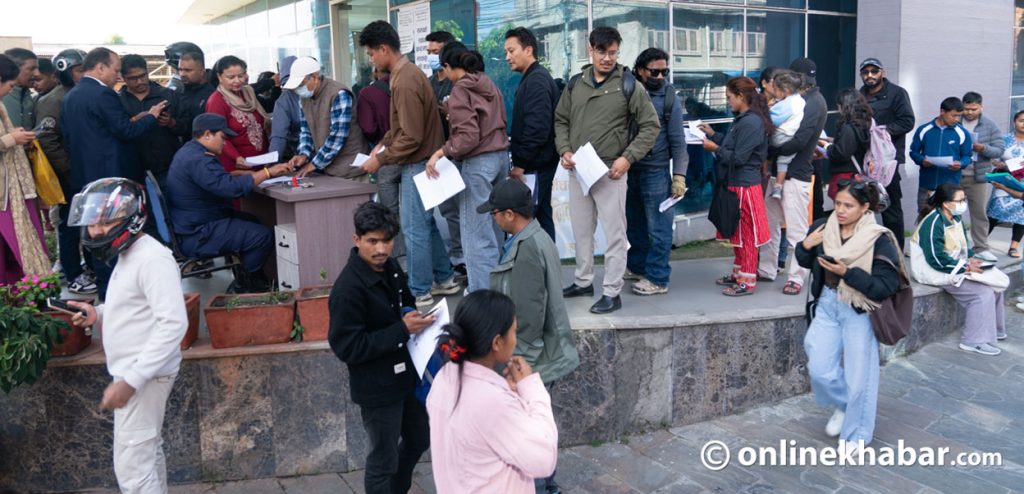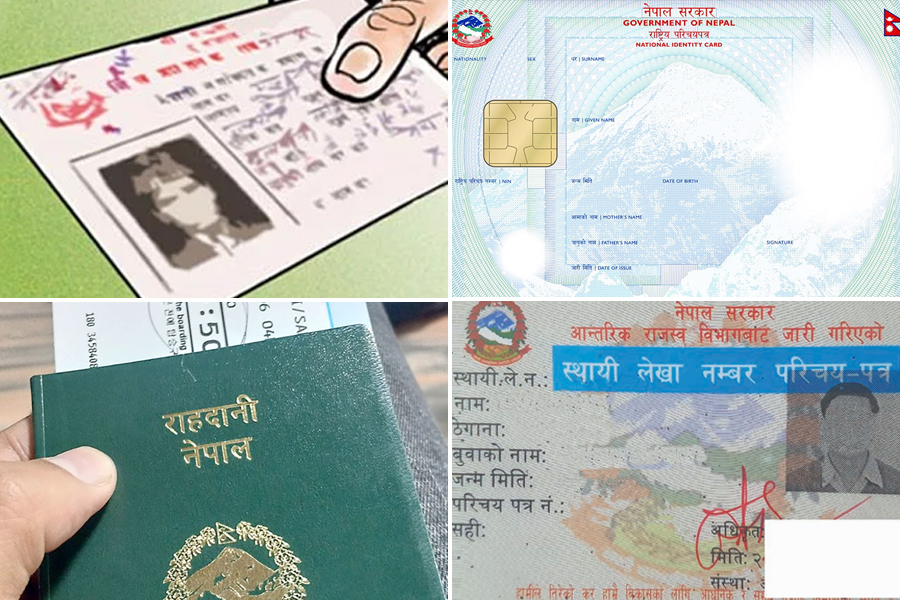
Have you acquired your citizenship certificate? What about a voter’s identity card or national ID card? Or are you a senior citizen and need to get a senior citizenship card? If not are you a single woman, you might need to get a single woman card.
If you are an adult living in Nepal, you at least have two or more of the mentioned cards. But, that is not all.
Citizenship is the first identity card you have to make after becoming an adult. But, as you age, you will need a voter ID card, a national ID card, a driver’s licence, and a PAN card. Depending on your age, gender or any other status, you will have to make a passport, a senior citizen ID card, a single woman ID card, a poor ID card, a disabled ID card, a journalist ID card, etc.
So, how many ID cards do you carry? Are these many identity cards even really necessary? Do they make your life easy or complicate it even more?
The answer might lie in the plight of the common Nepali citizens who suffer day and night to make any or all of these identity cards.
But, why are there these many identity cards that a Nepali citizen has to carry? It is more than the citizens of any developed country. Even if one has to carry more than one government ID card in developed countries, the number is not to this extent.
And, stakeholders say this system is costing both the country and the citizens.
Complications everywhere
No matter how troublesome, they are indeed needed for you to get your work done: for a mobile sim card or creating a bank account, purchasing air ticket(s), or money transfer etc.
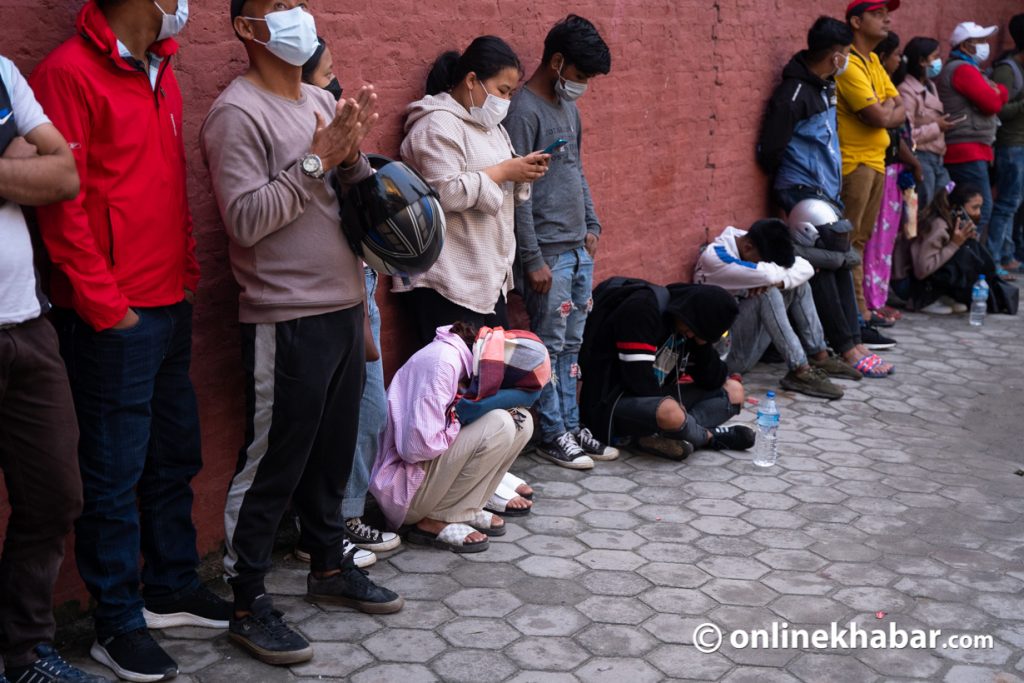
But, to make them, a common citizen has to stand in a long line and it does not even always translate into them getting their card without further hassle.
Just a few months ago, Onlinekhabar reported on such scenes of hardships faced by the citizens, on the grounds outside Kathmandu’s District Election Office and District Administration Office, Department of Passports and Transport Management Office Lalitpur.
Those spending the night or queueing up since the break of the dawn reported how they had to endure mental and physical suffering, even questioning and cursing “Why was I born in such a country?”
Too many identity cards not only caused suffering to the citizens, but their data collection, printing and distribution have also added unnecessary responsibilities to the state.
Overwhelming numbers
According to the Citizenship and National Identity Management Section of the Ministry of Home Affairs, the government distributed 1.072 million citizenship certificates in the last fiscal year while the number of second copies of citizenship certificates issued during this period is 113,649.
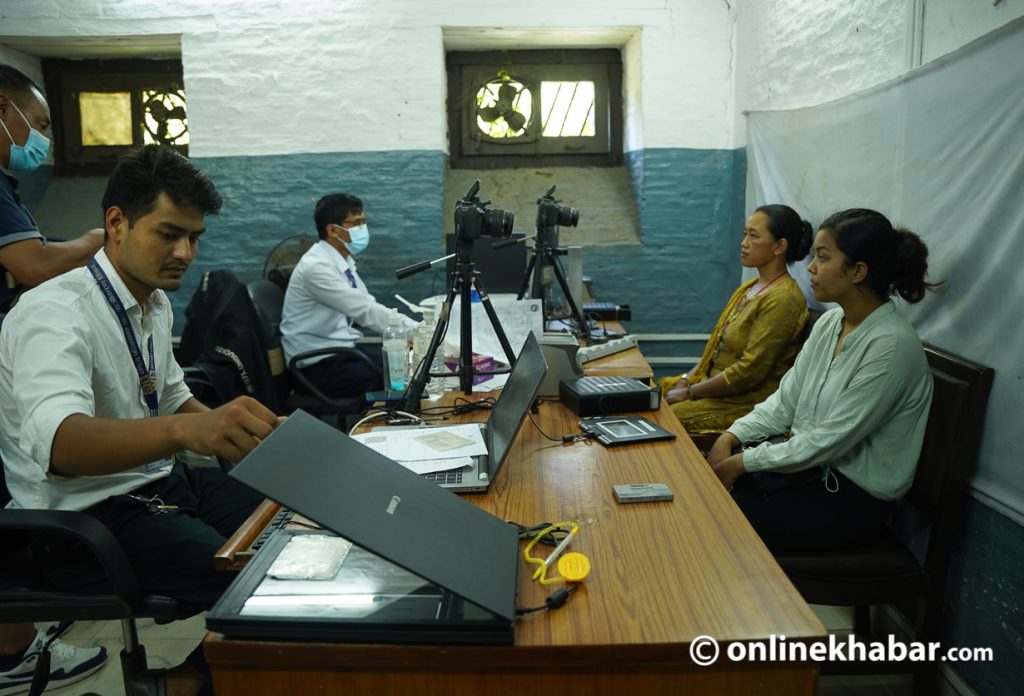
The government also distributed 117,000 national identity cards in the last fiscal year.
According to the information provided by the Election Commission Nepal, in the last fiscal year, it issued over 3.187 million voter ID cards.
Meanwhile, according to the Social Security Branch under the Ministry of Federal Affairs and General Administration, it distributed 276,493 identity cards to single women and 1.321 million senior citizen identity cards.
The Ministry of Land Management, Cooperatives and Poverty has printed poverty identification cards for 223,330 families in the last fiscal year across the 753 local units, but the cards are yet to be distributed.
On the other hand, the Department of Transport Management distributed 638,000 driver’s licences last financial year.
Why the compulsion?
According to Manohar Bhattarai, the former vice-chair of the High-Level Commission for Information Technology, “There should be only one ID card. Many such cards with many names have added social and economic burdens to not just the individuals but the government too.”
What more? It has also fostered more ways of corruption, says former Home Secretary Umesh Mainali.
Senior information and communication technology expert Manohar Bhattarai adds that since no such cards are complete, they are also not safe from the point of view of citizens’ security. “The purpose of creating an identity card is to show the real identity of the citizen. But, with many ID cards, it is rather easy to copy and steal signatures. The problem should be solved with one identity card.”
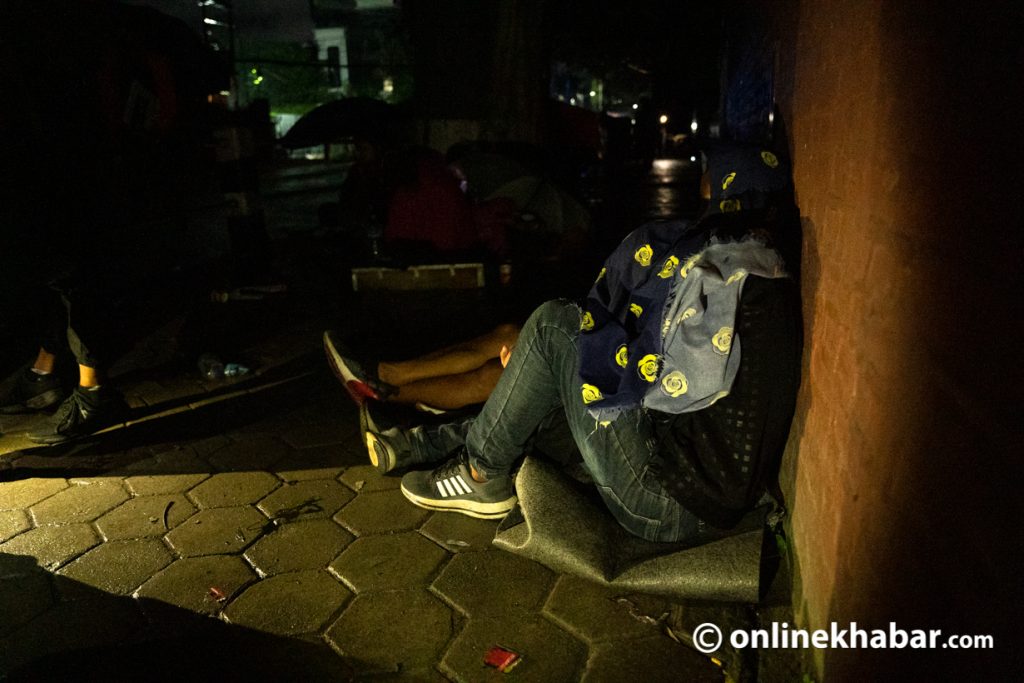
Different identity card has been made mandatory for different works in Nepal. One is forced to carry the very recommended identity card that matches the work and not another ID card.
“While government and technology have reached new heights in the world, with digital governance, one-click government and mobile government, here we are carrying more than ten cards,” comments Mainali.
He says the government should integrate the details collected so far into one online system and stop bothering the citizens.
“Since biometric details are included in the national identity card, citizens should be freed from the burden of all other cards.” However, before that, he says other things should be added to the national identity card.
“India has the aadhaar card system and works fine even with 1.2 billion aadhaar cards issued,” Bhattarai says Nepal should also learn from it.
This story was translated from the original Nepali version and edited for clarity and length.









